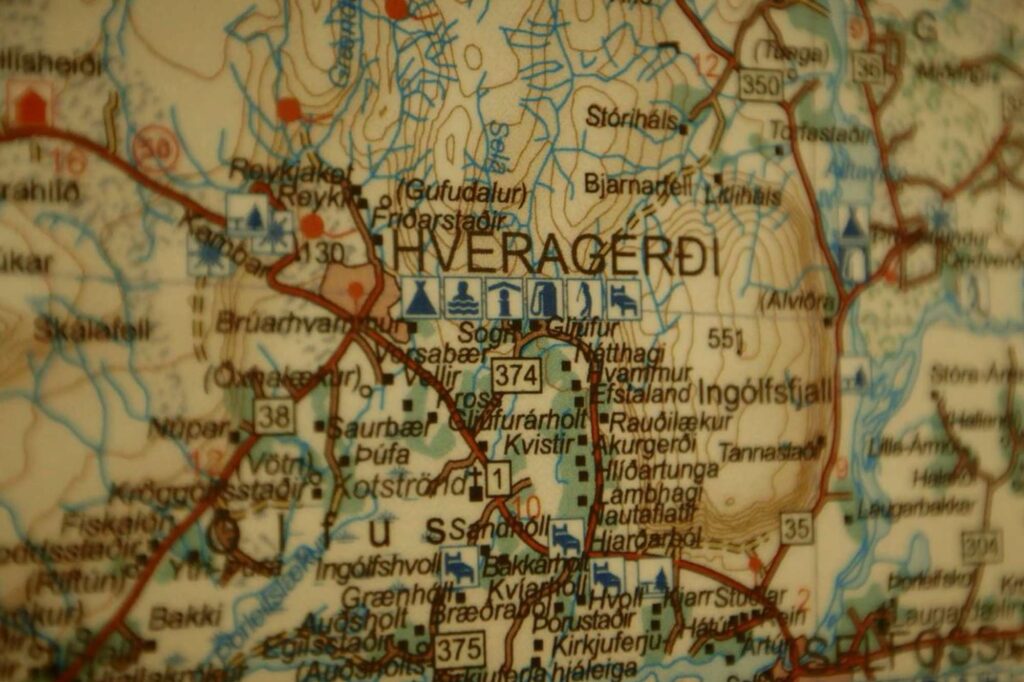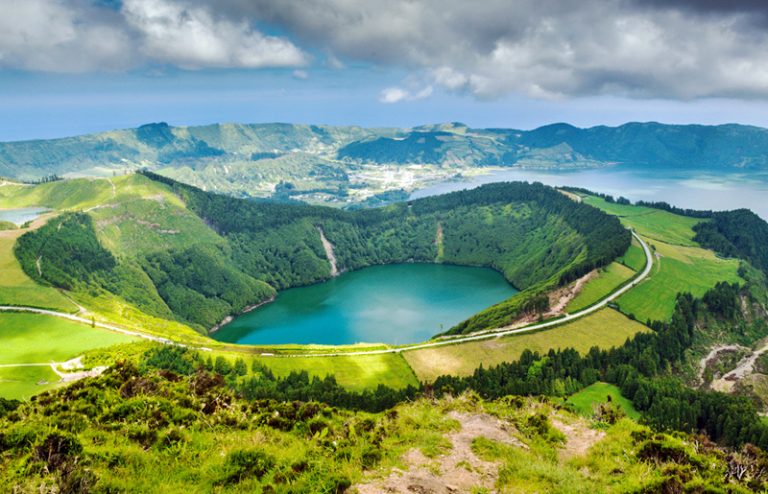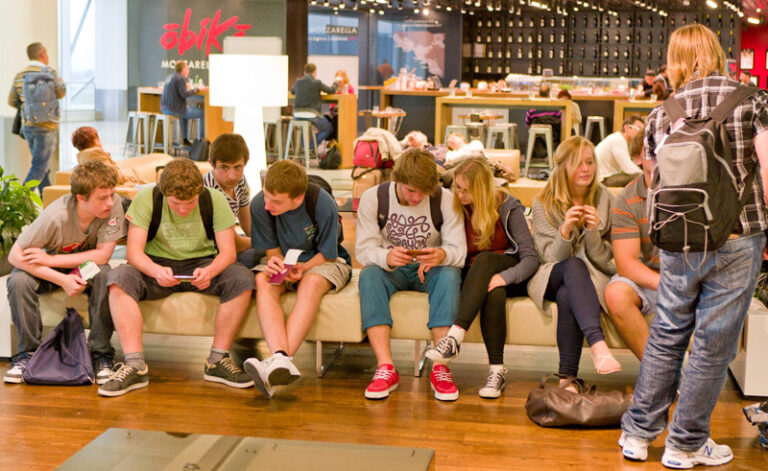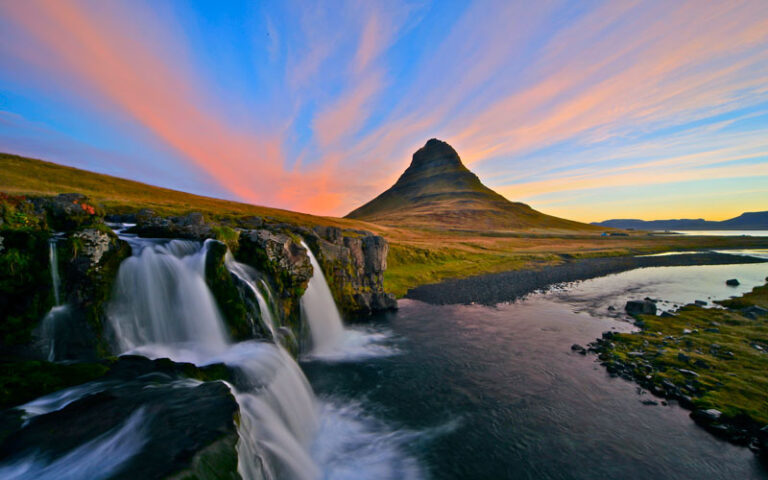Experience Iceland – Classroom Ideas
As geographers, teachers, adventurers and explorers there is nothing as exciting as a new map!
It fills you with thoughts of potential journeys and discoveries. For many of us, gone are the days of battling with fold-out paper maps that you have to fight back into a neat fold. Although these are still wonderful for students to immerse themselves in, we often opt for a digital map.
GIS in the classroom is part of the National Curriculum orders and examining body specifications, but it is also something which can fill many of us with dread. Do I know how to use it? Will the tech infrastructure in the classroom work reliably? Will students just mess around? What are the learning outcomes from using this that cannot be gained from a good old-fashioned paper map?

Discover the World Education are excited to launch GIS Iceland; the interactive GIS tool. After being a real labour of love, we launched GIS Iceland at the Geographical Association annual conference and are excited to share its value with you all now.
GIS Iceland blends short video clips from different locations in Iceland that discuss various topics, including coastal landscapes, volcanic activity, geomorphology, etc. These videos are geo-located, enabling you and your students to explore Iceland as a virtual tour. As this is an ArcGIS satellite map, you have the usual feature of being able to zoom into the map and see high-resolution landforms and landscape features.
Visit GIS Iceland now and spend a few minutes clicking, touring and exploring how this map can benefit your classroom. Simply click into the map, zoom in and select different destinations across the island. Naturally this is also a useful planning tool if you are considering a residential trip to Iceland and can assist you with identifying the key areas you want to explore. GIS Iceland is also useful for demonstrating itineraries at the parental trip launch meeting.


